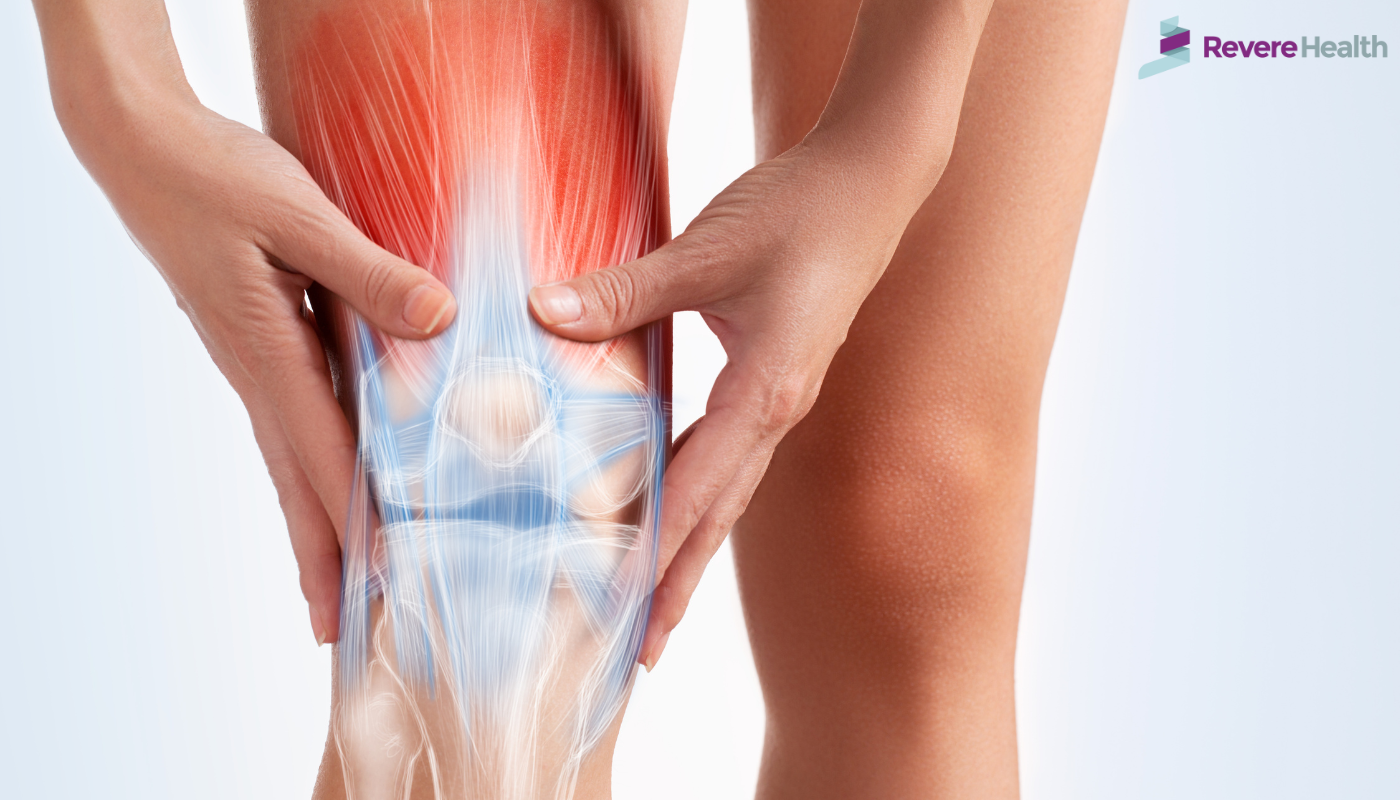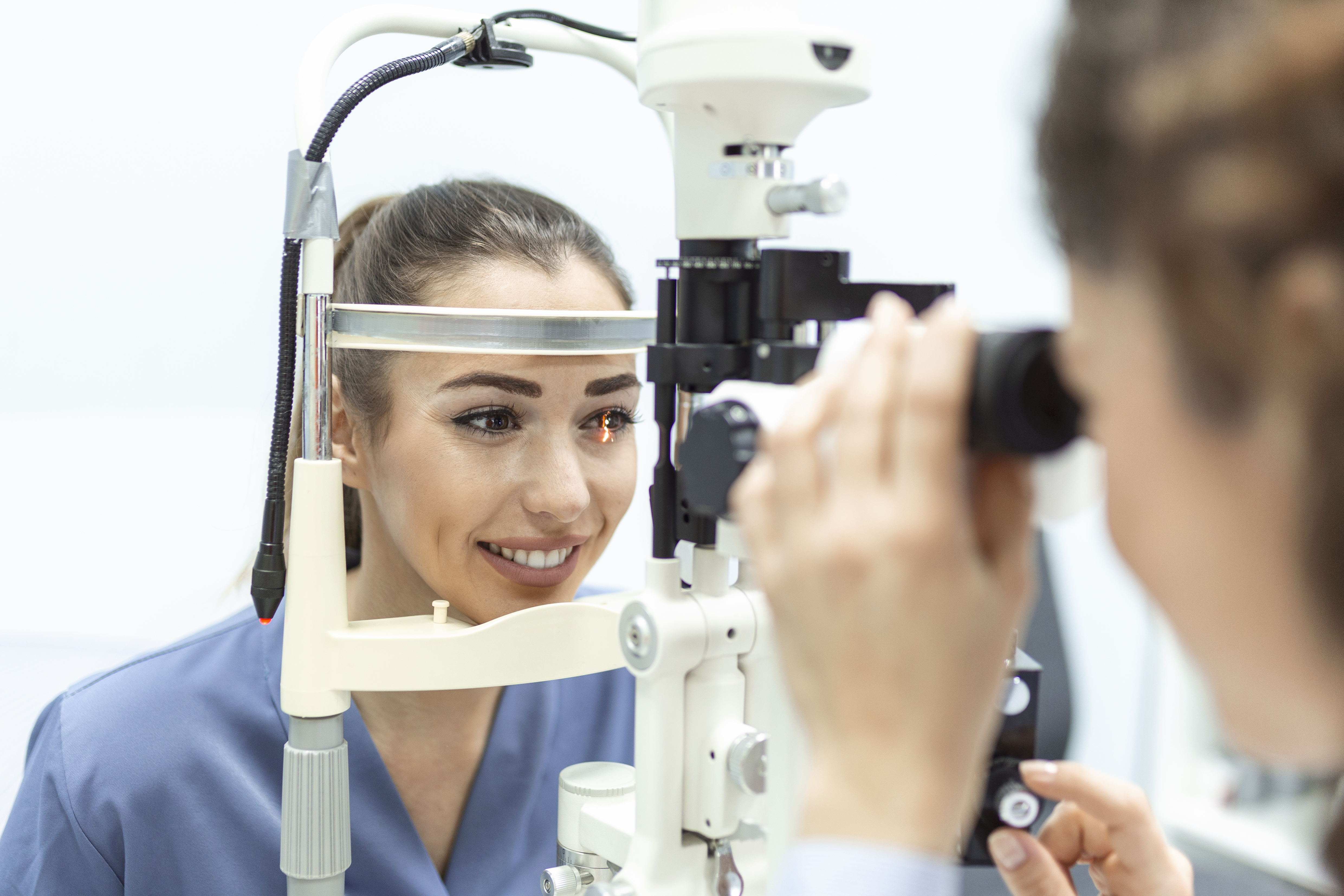Healthy Living: The Importance of Diet and Exercise

Staying healthy is at the top of nearly everyone’s priority list, and our daily choices can determine just how healthy we are. Not everything is in our control, but the habits and approaches we take to our health can often make a difference between being healthy and unhealthy. Two areas we have the most control over are our diet and exercise. These can both have huge effects on overall health and can be some of the main factors in preventing disease and other complications later in life. Preventive healthcare measures like proper diet and exercise can also help your budget. What are some of the key benefits associated with a good diet and proper exercise? Let’s look at that, but first, let’s start off with some general diet and exercise recommendations. Recommendations Exercise: In general, you should be aiming for at least two-and-a-half hours of medium-intensity exercise per week, or a slightly lower amount of high-intensity exercise. Mixing aerobics in with things like weight traini






